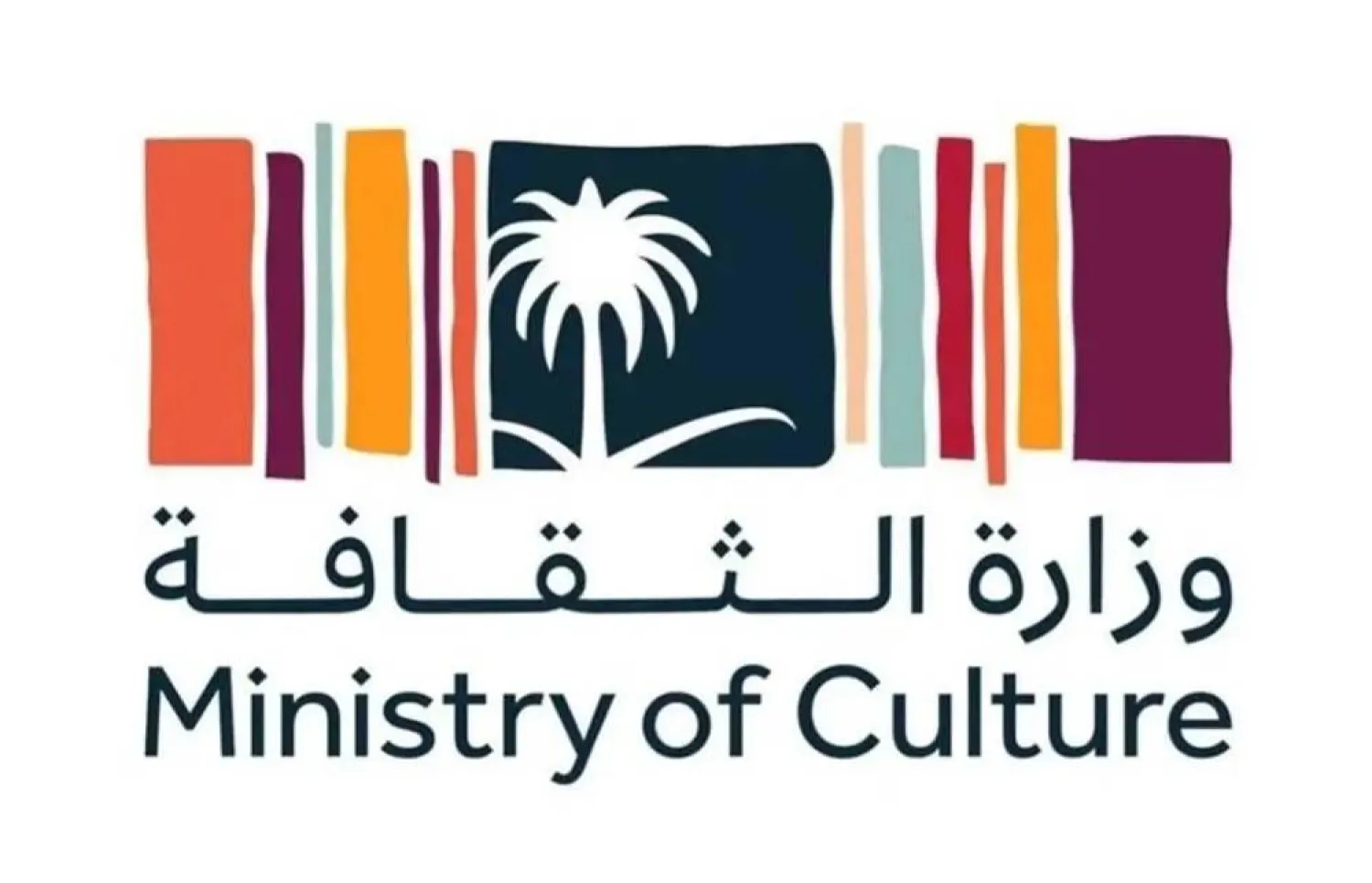The Saudi Heritage Authority has shed light on the historical site of Souq Thul-Majaz, one of the most renowned pre-Islamic Arab markets.
The Authority's survey and excavation team successfully completed their inaugural season, aimed at uncovering the site’s archaeological treasures, unearthing findings, and revealing architectural remnants that bear witness to the market’s historical and cultural significance.
This bustling market was once frequented by Arabs and Muslims during the early days of Islam before they embarked on the annual Hajj pilgrimage season.
The Authority, in collaboration with a group of Saudi experts, has successfully concluded the first season of archaeological survey and excavation at the site of the market in the holy city of Makkah.
The endeavor aimed to unearth scientific and historical evidence related to the location as part of the Authority's efforts to explore national heritage sites, preserve their historical significance, and promote awareness about them.
Additionally, the initiative seeks to utilize these sites as valuable cultural and economic resources, enriching the experiences of both citizens and visitors to the holy city.
Saudi Arabia, with its vast geographical expanse and pivotal role in the region’s history, is home to numerous historical sites that have embraced the heritage and epics of Arab communities, nationalities, and neighboring cultures over the ages.
Among these renowned sites are the ancient markets that have flourished since pre-Islamic times, through the early Islamic eras, where societies gathered in their shops and stalls.
Notably, the markets of Okaz, Majnah, and Thul-Majaz stand out, known as the pilgrimage markets since they took place during the pilgrimage months.
These markets served as hubs for trade and commerce and witnessed the exchange of poetry, literature, and diverse intellectual endeavors.
Located in Wadi Al-Mughmas, Souq Thul-Majaz lies about 20 kilometers to the east of the city of Makkah. This market holds historical, cultural, and archaeological significance, being one of the renowned Arabian markets in the Arabian Peninsula from pre-Islamic times until the early Islamic era.
Souq Thul-Majaz was linked to overland trade routes through which Arabs and merchants from various regions arrived in Makkah.
On the other hand, it was connected to the historic port of Al-Shuaiba on the Red Sea coast, south of Jeddah.
The prominence of Souq Thul-Majaz continued to endure even beyond the year 129 AH in the Islamic calendar year.









